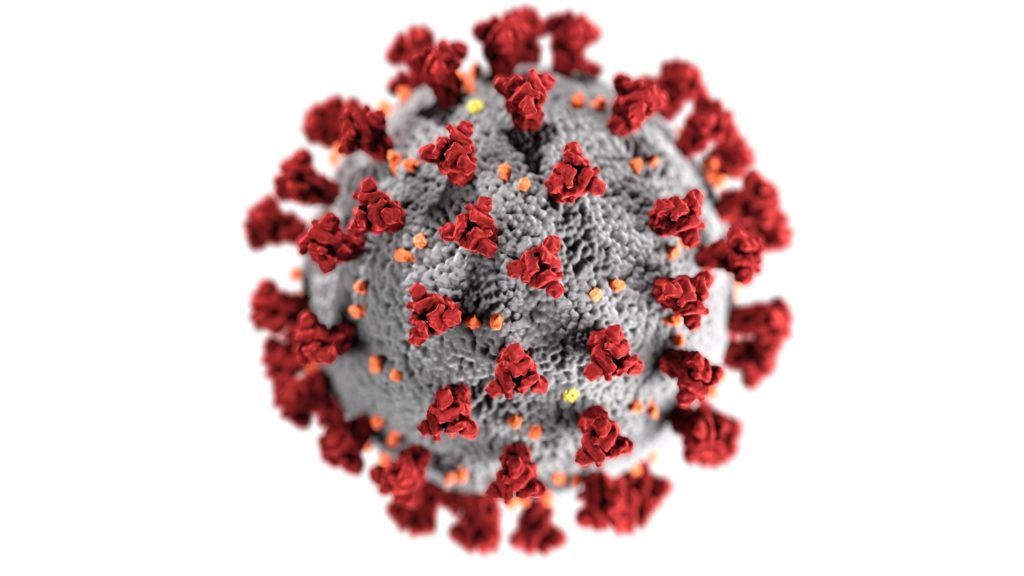 View Winners →
View Winners → Another Coronavirus Strain Found Throughout California, Including L.A. County


First confirmed case of U.K. strain found in L.A. County
The California Department of Public Health on Sunday confirmed that a new coronavirus strain, different from the highly contagious strain from the United Kingdom, has been found across the state.
Known as L452R, the variant “is increasingly being identified by viral genomic sequencing in multiple counties across the state, according to a press release from C.D.P.H.
It’s not yet clear if this new strain is more contagious or if it’s just being identified more frequently as the number of specimens tested for variant COVID-19 strains has increased in California. The variant, however, has been found in several large outbreaks in Santa Clara County.
“The fact that this variant was identified in several large outbreaks in our county is a red flag and must be investigated further,” said Santa Clara County Health Officer Dr. Sara Cody. “This virus continues to mutate and adapt, and we cannot let down our guard.”
The state is working with the Centers for Disease Control and Prevention, local and university partner to learn more about the strain.
“It’s too soon to know if this variant will spread more rapidly than others, but it certainly reinforces the need for all Californians to wear masks and reduce mixing with people outside their immediate households to help slow the spread of the virus,” Erica Pan, state epidemiologist for C.D.P.H, said in a statement.
In addition to Santa Clara County, this new strain has been found in Humboldt, Lake, Los Angeles, Mono, Monterey, Orange, Riverside, San Francisco, San Bernardino, San Diego and San Luis Obispo counties. Because genomic sequencing is not done equally across the state or country, state health officials say it is too soon to know how prevalent the strain is statewide or nationally.
The 452R variant carries three mutations, “including L452R, in the spike protein, which the virus uses to attach to and enter cells, and is the target of the two vaccines that are currently available in the United States,” said Dr. Charles Chiu, a virologist and professor of laboratory medicine at the University of California, San Francisco.
Messenger RNA vaccines, like the ones from Pfizer/BioNTech and Moderna, “give instructions for our cells to make a harmless piece of what is called the ‘spike protein.’ The spike protein is found on the surface of the virus that causes COVID-19,” according to the C.D.C. As the Los Angeles Times explains, “This means that, in theory, the virus mutations could alter the spike protein to a degree that the vaccines become less effective.”
“Now that we know this variant is on the rise in our local communities, we are prioritizing it for study,” said Chiu. “Researchers at UCSF and elsewhere will now be able to perform the critical laboratory experiments to determine whether or not this virus is more infectious or affects vaccine performance.”
News of this new strain came after the Los Angeles County Department of Public Health confirmed on Saturday the first case of COVID-19 variant B.1.1.7, the same variant discovered in the U.K., in a man who recently spent time in Los Angeles County. The man traveled to Oregon, where he is currently isolating. The variant was confirmed by Quest Laboratories in Washington state.
Although this is the first confirmed case of the U.K. variant in Los Angeles County, the Department of Public Health believes that it is already spreading in the community and continues to test samples. The U.K. strain is not believed to cause more severe illness or increase risk of death but “Multiple lines of evidence indicate that B.1.1.7 is more efficiently transmitted than are other SARS-CoV-2 variants,” according to the C.D.C. Last week, the C.D.C. warned that modeling data indicates that B.1.1.7 “has the potential to increase the U.S. pandemic trajectory in the coming months,” and that it could become “the predominant variant in March.”
“The presence of the U.K. variant in Los Angeles County is troubling, as our healthcare system is already severely strained with more than 7,500 people currently hospitalized,” said Barbara Ferrer, director of the county public health department, in a statement. “Our community is bearing the brunt of the winter surge, experiencing huge numbers of cases, hospitalizations and deaths, five-times what we experienced over the summer. This more contagious variant makes it easier for infections to spread at worksites, at stores, and in our homes. We are in the midst of a public health emergency so please do everything you can to protect yourselves and those you love.”
In the U.K., the variant B.1.1.7 emerged with an unusually large number of mutations. This variant was first detected in September 2020 and is now highly prevalent in London and Southeast England. It has since been detected in numerous countries around the world, including the U.S. and Canada.
Individuals infected with the U.K. variant will test positive for COVID-19 with current SARS-CoV-2 tests. However, to distinguish the variant strain from the traditional strain, laboratories can look for certain gene patterns and report to the local public health department for confirmation.
Viruses constantly change through mutation, and new variants of a virus are expected to occur over time. Sometimes new variants emerge and disappear. Other times, new variants emerge and persist. Multiple variants of the virus that causes COVID-19 have been documented in the United States and globally during this pandemic.
All this as L.A. County, which surpassed 1 million cumulative coronavirus cases on Saturday, reported 11,366 new COVID-19 cases and 108 deaths Sunday.









































































































